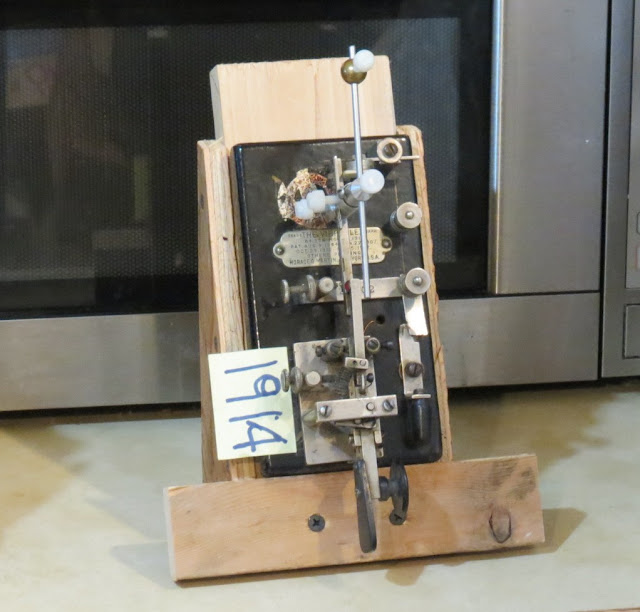Speed Key Adjustment Procedures

Over the past 115 years there have been large numbers of different type Speed Keys available. Some of them are more difficult to adjust for perfect code with a 3 to 1 dot/dash ratio. But most share the basically the same senario of adjustments-- (Except for the Vibroplex Model X-- The Model X key can be very difficult to adjust due it uses the same contact for both dots and dashes}. The first speed key I tried adjusting took what seemed like forever until I had it making reasonably decent code. But after using speed keys since the 1950's, I can now adjust a speed key for perfect code just by watching and listening to the make and break of the dot contacts. The secret to adjusting speed keys for perfect code is to place an Analog VOM (on Ohms X1 scale) across keys wire nuts and adjust the spacing of the dot contact for a 50% deflection of the Analog VOM while making dots. It has to be an Analog VOM using the X1 ohms...


